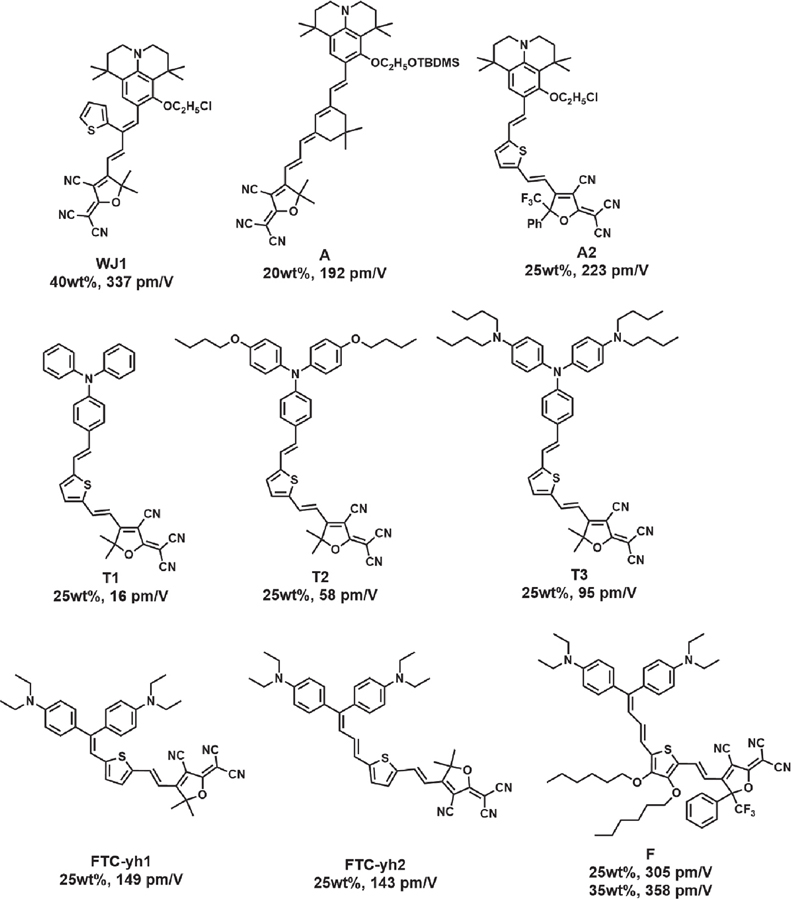[13] K Liang, C Wang, B Y Wu et al. Polymeric thermo-optic digital optical switches. Chin J Semicond, 27, 747(2006).
Search by keywords or author
- Journal of Semiconductors
- Vol. 43, Issue 10, 101301 (2022)
References

Yan Wang, Tongtong Liu, Jiangyi Liu, Chuanbo Li, Zhuo Chen, Shuhui Bo. Organic electro-optic polymer materials and organic-based hybrid electro-optic modulators[J]. Journal of Semiconductors, 2022, 43(10): 101301
Download Citation
Set citation alerts for the article
Please enter your email address



